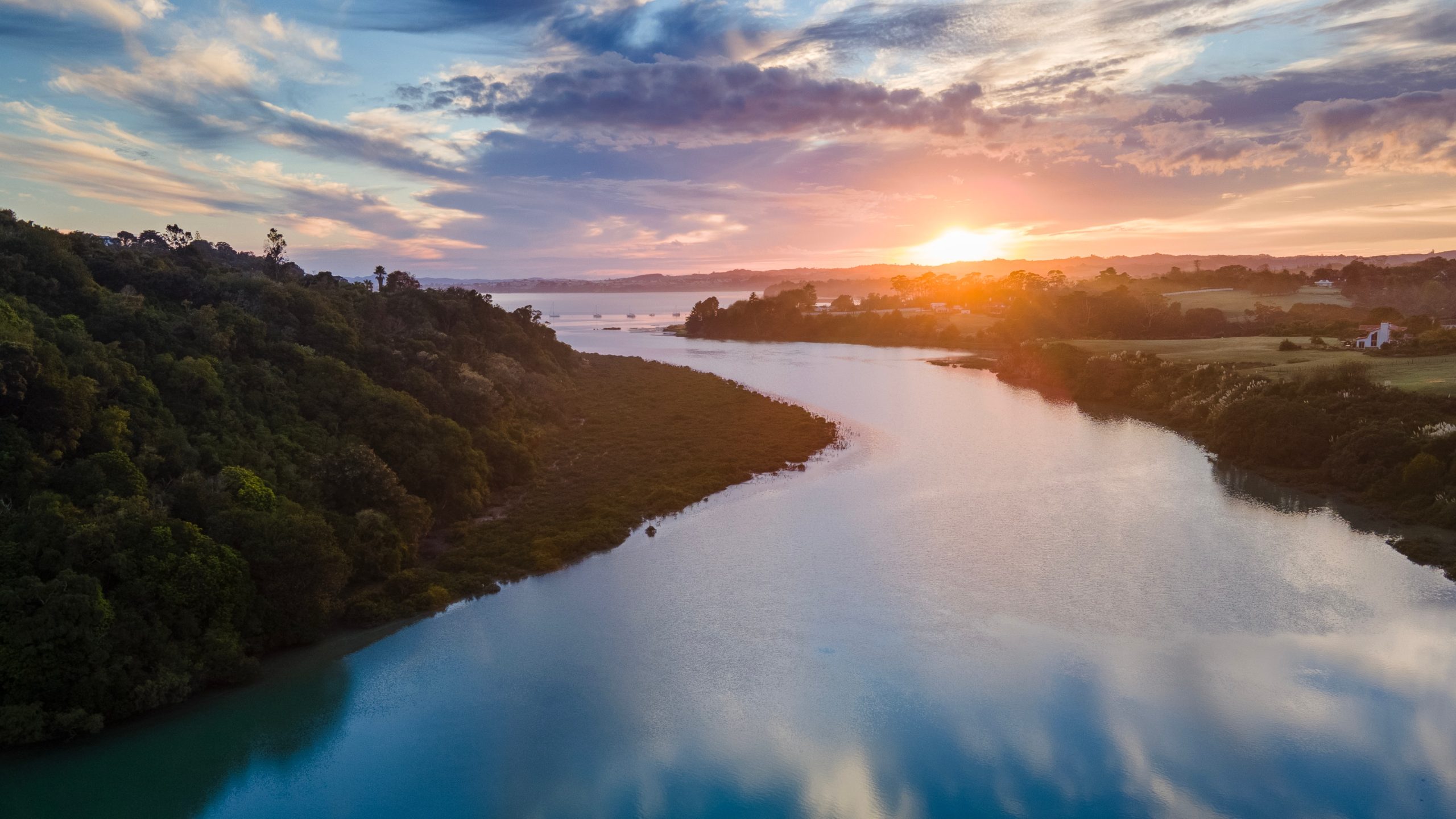Rivers, a road to the sea for plastic: but how high does it travel?
A recent paper signed by Elise Blondel from Allseas and Frans Buschman from MAELSTROM’s partner Deltares investigates how litter is distributed between the shallowest and deepest layers of the river water column

Understanding the dynamics followed by litter in the sea and in the rivers that carry them, investigating where they are most concentrated, where they come from, and which are most represented is a key step in being able to establish management strategies to protect ecosystems.
Rivers play an important role not only as ecosystems, supporting the lives of many species, but also for human activities and, not least, for transporting litter to the sea. We still know relatively little, however, about how litter (and in particular plastic, the most represented in the sea) is distributed in the water column. Most studies, in fact, have focused on litter visible to the eye in the surface layers: but can we say there is as much of it in the depths? A study recently published in Frontiers in Environmental Sciences and signed by Dutch researchers Elise Blondel of Allseas and Frans Buschman of MAELSTROM’s partner Deltares begins to answer this question.
Rivers and litter
Rivers are extremely important ecosystems for many animal and plant species, and they play no less important roles in human activities, for example in the shipping and tourism sectors. Unfortunately, however, they are also an excellent route to the sea for the litter that is dumped or abandoned there. In the sea, litter can linger for many years. Plastic litter, in particular, as we have had the opportunity to mention several times, is the most abundant type of litter in the oceans and takes decades and even millennia to degrade.
In addition, plastics do not only damage marine ecosystems but also pose a risk to the rivers themselves, since they also damage the species that inhabit these ecosystems and can be a risk to boats. Moreover, litter accumulation can narrow the riverbed increasing the risk of flooding.
Close to the riverbed
For these reasons, many studies have investigated the dynamics that characterize plastic in rivers. However, most research aimed at estimating the amounts of plastic present is based on the litter visible on the surface of the water. In contrast, we still know little about its vertical distribution in the river water column. Different types of plastics may have different behaviors within the river: as is easy to guess, the heavier ones may end up at greater depths and eventually be brought back to the surfaces by the current, while the lighter ones remain at the surface but, again because of the current, may also be found at depth. In general, understanding the behavior of different types of plastic waste in the water column is important to predict their path and fate, to determine the plastic load in rivers and its variation as conditions change.
To learn more about the vertical distribution of plastics and understand how they vary with changing winds and currents, Elise Blondel and Frans Buschman conducted 28 sampling campaigns over six months in a bend of the Rhine-Meuse estuary, formed by the confluence of the two rivers whose names it bears.
Why did the researchers choose to work in an estuary, instead than on the river itself? “Our knowledge about the transport of plastic litter from sources, via rivers and estuaries, to the sea is limited. With what we know, studies suggest that estuaries act as a trap of litter. Then, it is very interesting to study the transport over the tidal cycle in an estuary”, says Dr. Buschman.
To conduct the study, the researchers used a mobile sampler to which three nets were attached, capturing waste at different depths of the river, from the surface to five meters deep.
Hidden plastics
The results show that the vast majority of litter in the area analyzed (90%) was organic matter, such as branches, leaves and reeds. Of the remaining 10%, the majority was plastic: both by number of objects and mass, the concentration was in the upper and lower nets, with a higher concentration in the leeward side of the channel. Most of the plastic was then of the soft type, such as that used for packaging, although waste in harder plastics, such as PVC and PET, was concentrated in the deeper nets. Finally, the waste collected was mainly between 5 and 25 millimeters in size, followed by somewhat larger fragments (25-500 millimeters).
Moreover, the researchers write, even though the nets used did not capture microplastics, fragments smaller than 5 millimeters were the third most represented. “This means that a lot of microplastics are transported as well”, says Dr. Buschman. “Moreover, Styrofoam spheres were often collected”.
“In general, our results show that the concentration of plastic near the riverbed is similar to that in the more superficial layers of the water column – a result in line with other campaigns recently conducted with methods similar to the one we employed,” Dr. Buschman concludes. “This plastic adds to the plastics transport to the sea. Since the flux lower in the water column is substantial (at least for this location, but it was also found in other Dutch locations), it should be taken into account. The observations and monitoring that are normally conducted on plastic in the surface layers of rivers need to be complemented by further research in the lower layers of the water column. Moreover, I hypothesize that a larger part of the plastic litter floating near the surface is trapped in the estuary than the plastic litter being transported in the lower half of the water column. If that is true and if we want to know the transport of plastics to the sea, we should not forget about the transport lower in the water column”.